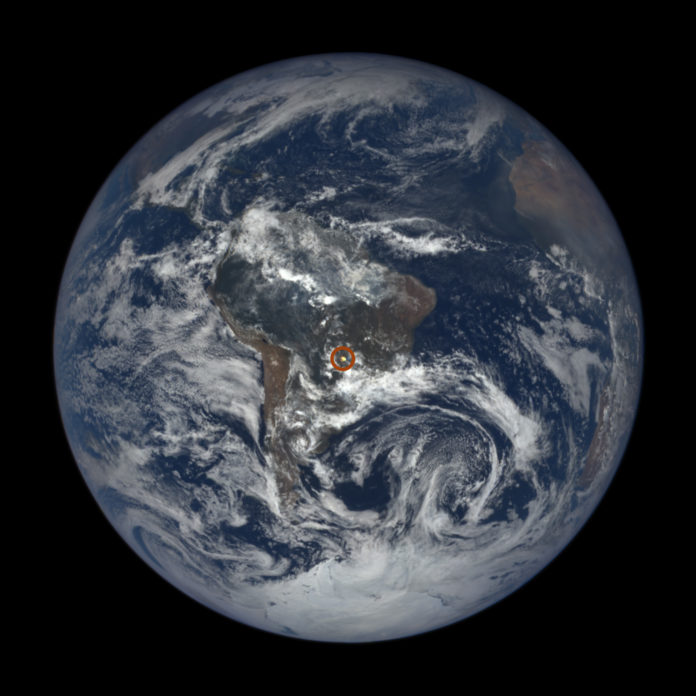NASA’s DSCOVR, launched in 2015, has been keeping the scientists busy in deciphering the flashes. The homeward-facing instrument, at least one million miles from Earth, has captured the unexpected flashes of light reflecting off Earth.
Keen observers from outside NASA wrote in, questioning the source of these lights. NASA also received several mails questioning the sudden flashes. This lead the scientists to decipher the flashes.
Earth Polychromatic Imaging Camera (EPIC), aboard NOAA’s Deep Space Climate Observatory takes almost-hourly images of our planet. It captured over hundreds of flashes within a span of a year. Initially, the scientists observed these flashes over oceans.
But then the scientists took another took a look at the Galileo images observed by Carl Sagan in 1993. They saw bright flashes of light over land as well. And those flashes appeared in the EPIC images as well.
The scientists conducted a series of experiments, detailed in a new paper published in Geophysical Research Letters, to confirm the cause of the distant flashes.

First, the researchers cataloged all of the prospective sunlight glints over land in images from the EPIC camera. The flashes show up in three distinct colors, red, green and blue. In all, the scientists found 866 bursts between DSCOVR’s launch in June 2015 and August 2016.
The scientists also reasoned, if these 866 flashes were caused by reflected sunlight, they would be limited to certain spots on the globe. These are the spots where the angle between the sun and Earth is same as the angle between the spacecraft and Earth. This allows the spacecraft to pick up the reflected light.
They also plotted the locations of the glints with where those angles would match, given Earth’s tilt and the spacecraft’s location, the two matched. The researchers also plotted angles to determine that the light was reflecting off of ice particles floating in the air nearly horizontally.
EPIC data also helped confirm that the flashes were from a high altitude. The scientists deciphered the tiny cause to the big reflections: high-altitude, horizontally oriented ice crystals.
A future plan to detect life on other planets will possibly also use this technique. The plan to identify whether exo-planets are habitable or not by simply tracing ice and water bodies using this method lessens the work load.

























